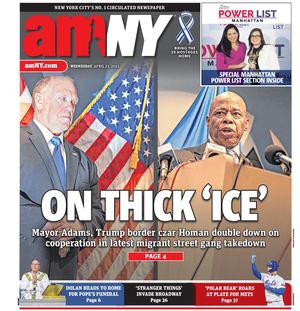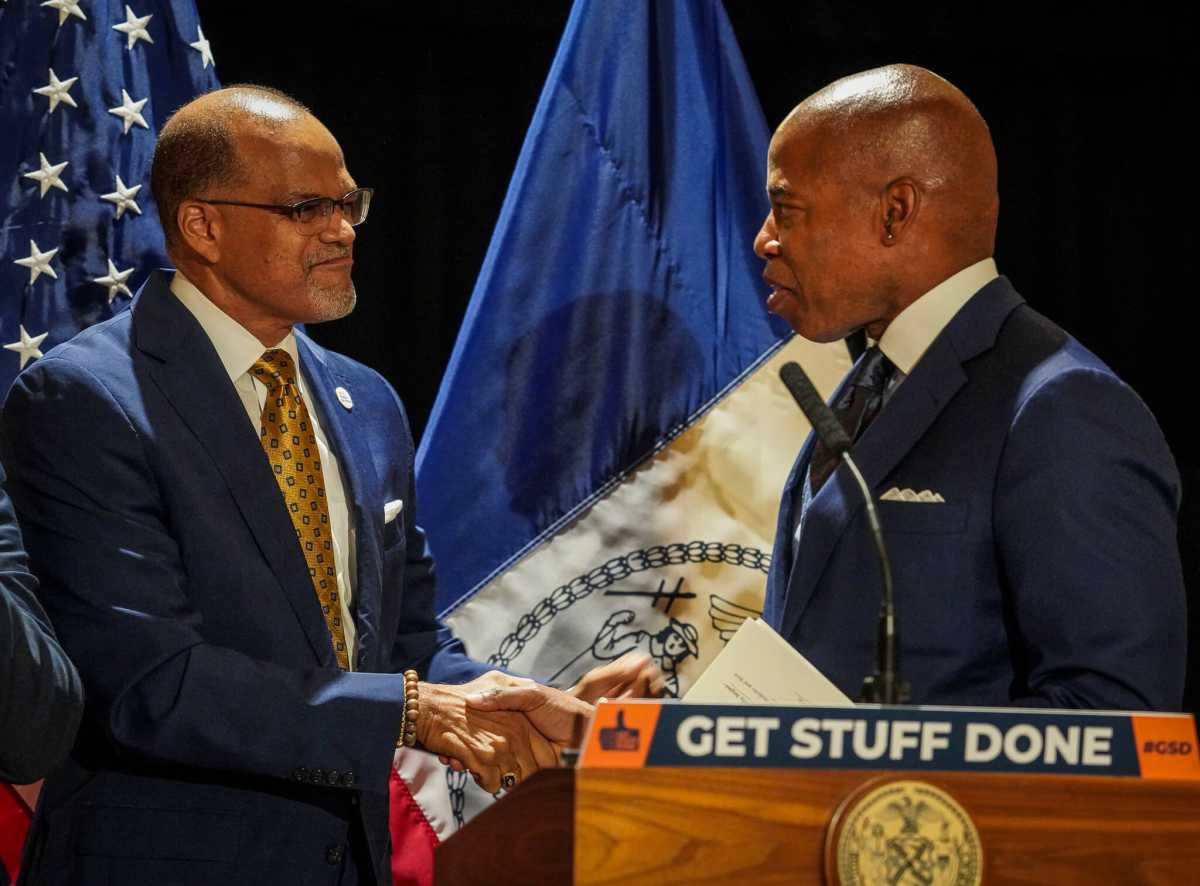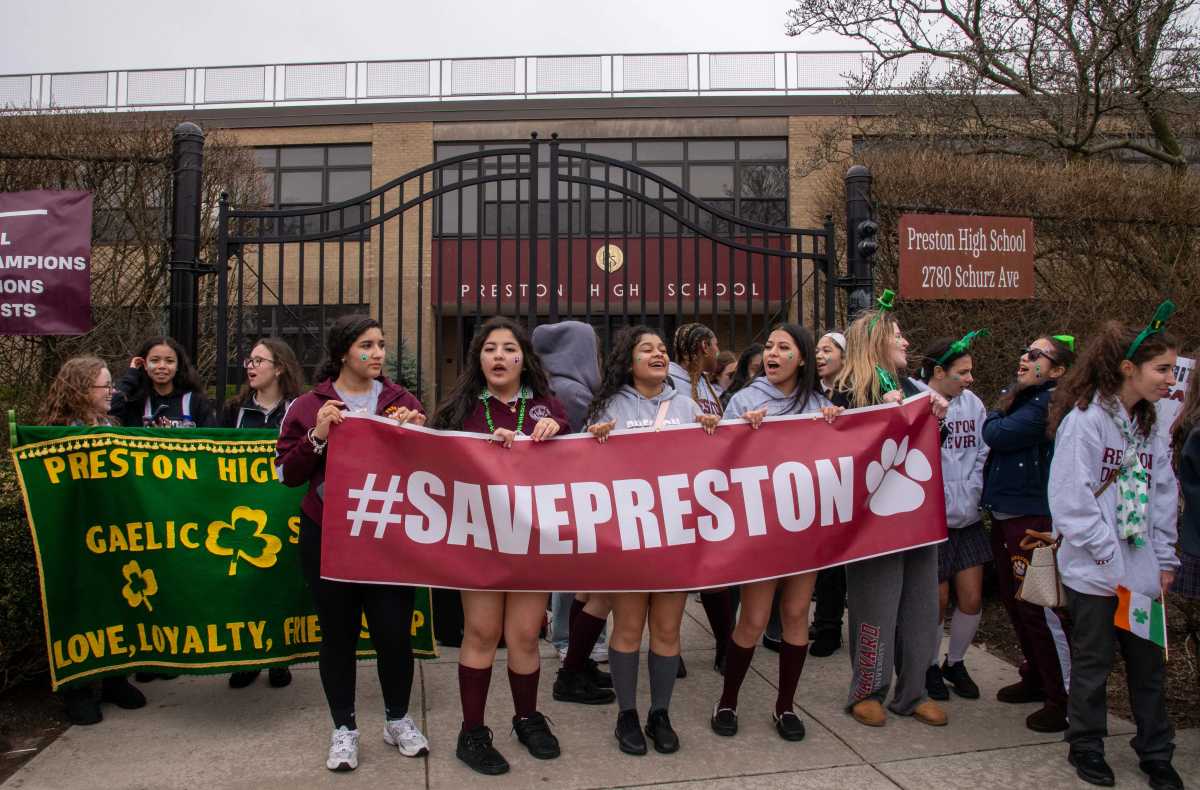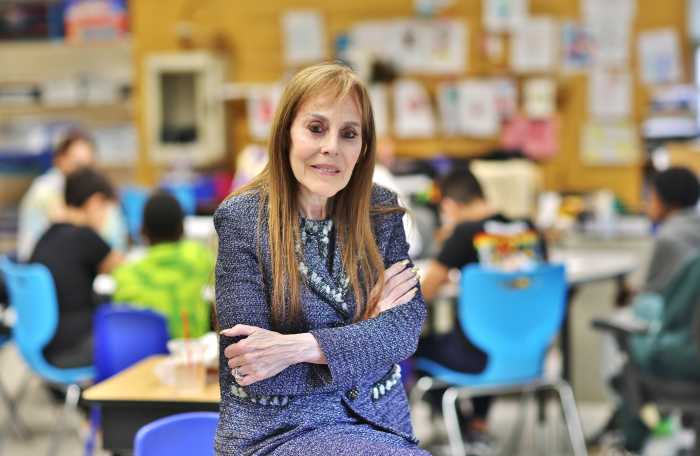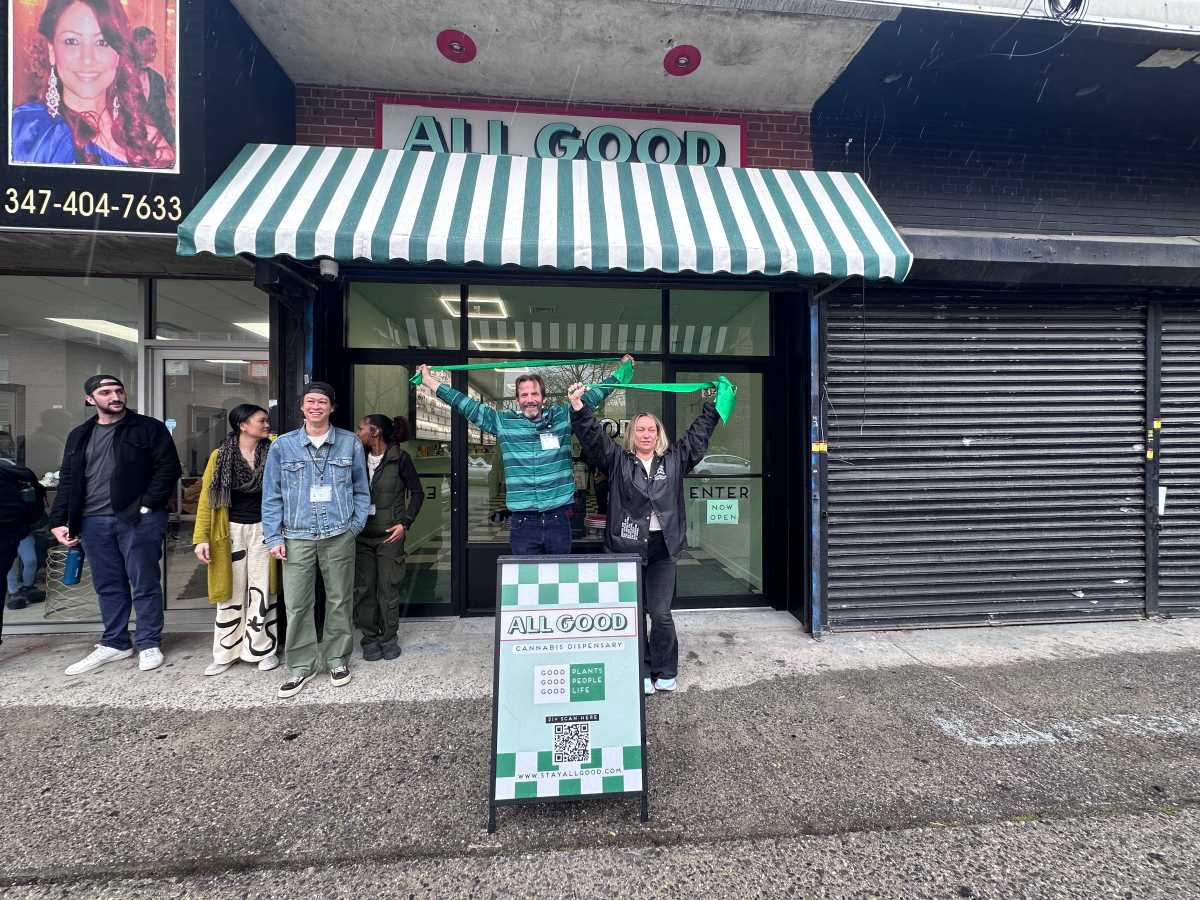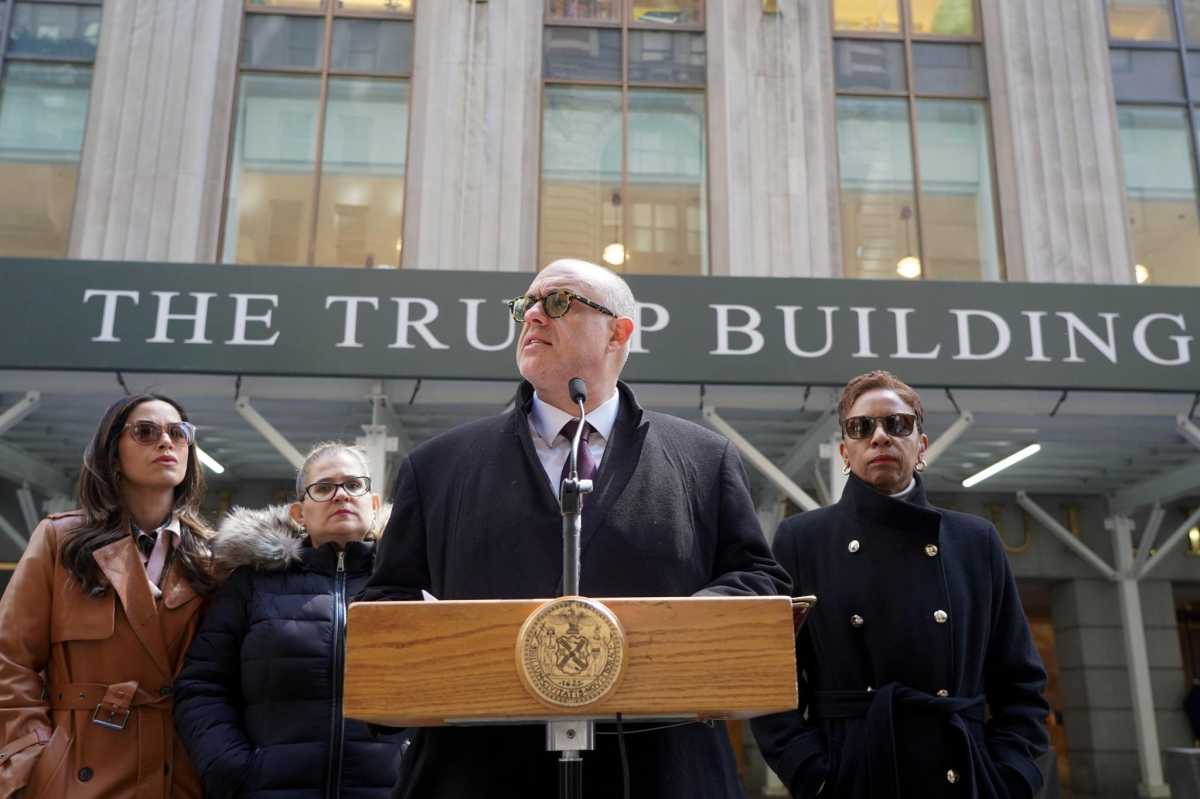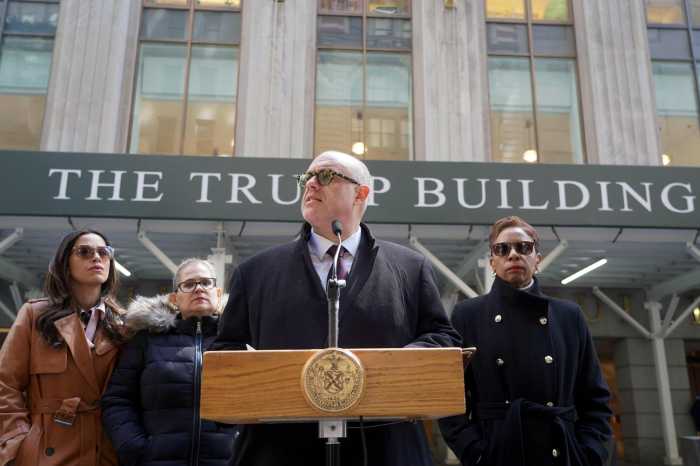Education advocates say the city’s Department of Education (DOE) needs to develop a multi-year plan to reduce class sizes, even after 24 new school buildings and additions opened in almost every borough on Sept. 5.
The advocates say more than the newly opened schools and annexes, which include 11,000 new classroom seats, is needed to keep the city on track to meet its state-mandated goal of lowering classes to no more than 20 to 25 students per class, depending on grade, by September 2028.
Leonie Haimson, executive director of Class Size Matters in NYC, is part of a working group assigned by the city to make recommendations for class size. She is concerned about the city’s lack of transparency regarding meeting its class-size goals and the lack of a detailed plan showing what staffing and space will be added each year and in which districts to meet the 2028 mandate.
“It is unlikely that they will meet the benchmarks without a more aggressive multi-year plan to hire more teachers and build more space,” she said.
‘Difficult choices’ ahead
The city has five years to implement smaller classes in public schools, per the state law enacted in 2022, which was also part of the mayor’s win to keep control over city schools.
By September 2028, the city must limit classes to 20 students in grades K through three, 23 students in grades four to eight, and 25 students in high school classes.
NYC schools must meet 40% of the necessary compliance of making classes smaller by this year, which NYC Schools Chancellor David Banks said is on track.
“Last year, we had 20%. We met that threshold for our very first year,” Banks said. “We are now into the second year, we’re expected to have 40%, and all of our indications are that we are on target to meet the 40%.”
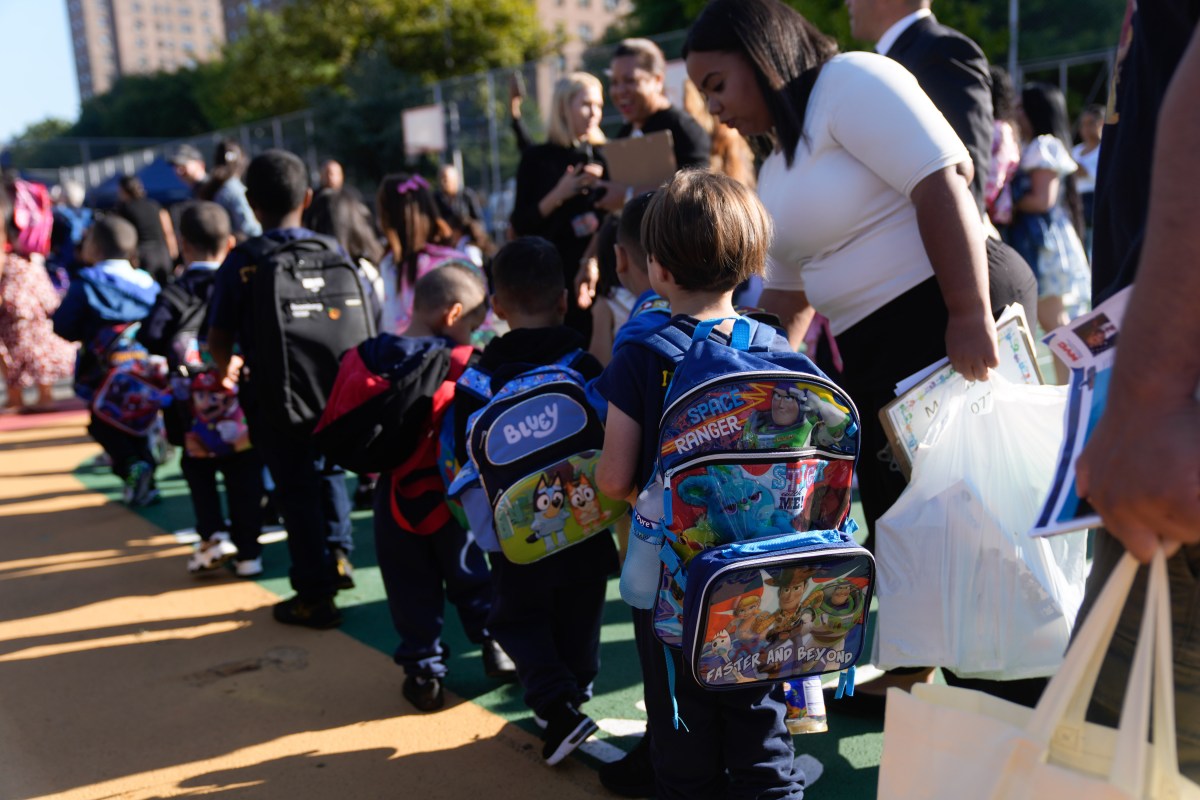
However, the chancellor admits the city could face challenges going forward.
“We have long said since this law was enacted, the first two years, we didn’t feel [it] would be a real struggle for us,” he said. “But by the time we hit next year and beyond, there are going to be more difficult choices that will have to be made.”
Banks said hiring more teachers will be difficult, citing a national teacher shortage that has been reportedly due to issues ranging from low pay to job loss during the pandemic.
Approximately 10,000 to 12,000 new teachers will be needed in NYC to satisfy the state mandate.
“The question becomes, do you lower your standards to get more teachers? Or how much more innovative can you get to bring on 10 to 12 thousand more teachers? It’s not an easy choice,” he said.
NYS Senator John Liu (D-Queens), who sponsored the mandate, put the onus on the mayor to come up with a solution.
“NYC public schools continue to have classes significantly more overcrowded than the rest of the state,” Liu said. “This is unacceptable and unconstitutional, and the mayor, who controls the school system, must fix the problem.”
amNew York Metro contacted the mayor’s office for additional comments and is awaiting a response.
Haimson said the city has not allocated enough money — only $137 million — to hire more teachers next year. She and others from Class Size Matters, including teachers and parents, have urged the DOE and the mayor to allocate at least $300 million.
She is also concerned that learning disruptions could occur if the city does not start a plan of action soon. These concerns include potentially busing kids to schools far from their homes if a plan is implemented too late or repurposing art, music, and special education service space for regular classrooms.
“There’s a number of very negative and disruptive consequences that could happen without a real plan to comply with the law,” Haimson said.
Meanwhile, Upper West Side residents noted that too many schools are overcrowded in Manhattan, yet only one out of 24 new city schools opened in the borough this year.
Terry Rosenberg, director of the neighborhood group, Friends of the Upper West Side, is urging NYC Mayor Adams to consider reusing the former Calhoun School on 74th Street, which the city plans to turn into a shelter this year.
“The Upper West Side has a history of too few seats for too many kids,” Rosenberg said. “Meanwhile, an old school building sits empty, even though it’s in great shape. The solution is simple. Open the doors.”
As for hiring new teachers, Haimson said the city should have already started the process.
“The chancellor kept on emphasizing what a challenge it would be, and we agree, and that’s why it has to start now,” she said.
Read More: https://www.amny.com/education/
